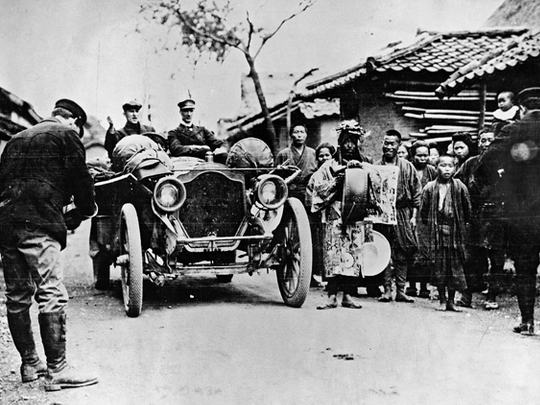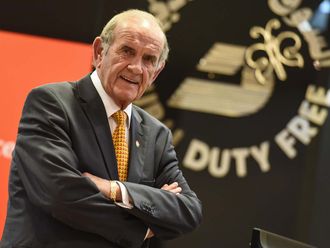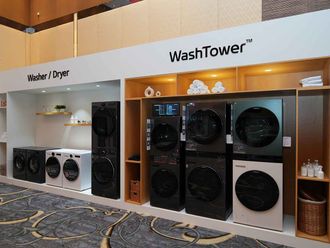
If, after reading the name of our Legend this week, you thought there was a collossal mix-up and someone replaced the guy's picture with that of a car, you'd be forgiven. Because Thomas Flyer (yes, it's a car, if you haven't realised it yet) was far from a commercial success during its lifetime spanning just a few years. But this humble machine carved a place for itself in the annals of automobile history by doing the unthinkable; winning the 35,405km New York to Paris race of 1908, covering the distance over three continents in 169 days, which is incidentally the longest automobile race in history. And when you consider that this happened 104 years ago when there weren't proper roads and other amenities, let alone garages or spare parts like today, the achievement assumes epic proportions.
Produced by the Thomas Motor Company, the 1907 Model 35 with its 60 horsepower four-cylinder petrol engine had built a reputation for being reliable although it offered little in way of creature comforts. So when the Great Race, sponsored by The New York Times and Paris newspaper Le Matin, was announced in 1908, the Model 35, dubbed ‘Flyer' for its 100kph top speed, was considered a natural choice. It's even rumoured that then US President Theodore Roosevelt insisted that the Flyer should represent the USA in the race that also had contestants from Italy, Germany and France.
Flagged off from New York's Times Square on February 12, 1908 cheered by close to 250,000 spectators, the race was keenly followed by motoring enthusiasts, thanks to the coverage given to it by leading newspapers worldwide. However, not many believed that even one of the six cars in the competition would make it to Paris. Because the impossibly gruelling itinerary included traversing the United States first, through the bitter cold of Alaska, before proceeding via Japan, Manchuria (China), Siberia, Russia, Germany and France. While crossing the USA, lack of proper roads necessitated the car to be designated as a Union Pacific train so that it could follow the railroad! And as the rules forbade it from riding the rails, it had to bump over wooden railroad ties for hundreds of kilometres. And along stretches where there weren't even railroads, the Flyer had to go cross-country, bogged down several times in between. On one occasion when the Flyer's pinion gear was severely damaged after getting stuck in quicksand near Nevada, the team had to borrow parts from a similar model owned by a local doctor. On March 24, the Thomas Flyer became the first automobile to cross the USA during winter. From Alaska, the car was shipped to Yokohama in Japan via Seattle, where it began its next leg of the race.
Finally, on July 30, after driving ‘around the world', the Flyer entered Paris a few days later than the German team. But the American team was declared winner as it was revealed that the Germans cheated by loading their car on to a freight train to overtake the rest. Although this incredible feat resulted in increased sales, Thomas failed to improve the model further, and unable to withstand competition, had to wind up its business soon. But, the 1907 Flyer, now dislayed at the National Automobile Museum in Reno, Nevada, will remain one of the most enduring symbols of the human spirit of adventure.











